Red River Gorge
Just for the Hike of It!
Article and Photography By Mina Thevenin
Updated April 2019
Red River Gorge is more than just the Red River that runs through it. Sky arches, sandstone cliffs, rockshelters, waterfalls, caves, and natural stairways, the Red River Gorge is the jewel of the Daniel Boone National Forest. Beyond its geological reaches it is also recognized as a United States National Archaeological District and was placed on the National Register of Historic Places in 2003.(1)
In early June when the spring is all but gone and before the colors of fall paint the Gorge in shades of red, orange and yellow, a summer’s hike, just for the hike of it, offers the perfect opportunity to step back in time and follow in the likely footsteps of the ice age hunters we call the nomadic Paleo Culture of Kentucky, some 12,000 to 7,000 years ago. These small groups hunted mastodons, woolly mammoths and bison. The Paleo Culture paved the way in time for the Adena Culture, which was part of the Early Woodland Period in Kentucky. (Fig. 1)
Ancient petroglyphs (above). Do they date back to the nomadic Paleo Culture period? This petroglyph has been damaged and is missing its end piece.
An “unofficial loop hike” that includes the Indian Stairway and the Adena Arch (one of over one hundred naturally formed arches), as well as the Courthouse Rock Trail, are only two of over 29,000 acres open for exploration. This region is part of the Pottsville Escarpment sandstone belt in eastern-central Kentucky. Millions of years in the making- ice, wind, and water erosion gifts us this incredible sculptured landscape of the Red River Gorge.
CLICK on any image to view photography as a slideshow. Move mouse over image for more details.
Doug Meyer, photographed in the cover image, is an American Primitive Technologist and avid hiker. He comments about the Adena Loop Hike.
The “unofficial loop hike” from the Indian Stairway and around the rim of the Gorge is a hike not to be missed. This encases the beauty and danger of the Gorge. You see everything that makes the Gorge special: climbs, rock shelters, dangerous cliffs, arches and spectacular views!
DIFFICULTY: This is not an easy hike, I would say a 7 out of 10 because there is climbing, high drop off’s and unmarked sections of trail.
RECOMMENDATIONS: Go with someone who has been there that can point out the Ohm Dome and the perfect picnic spot- the Adena Arch. The rockshelter along the loop is easily the biggest in the Gorge.
COMMENTS: Definitely my favorite hike in the Gorge.
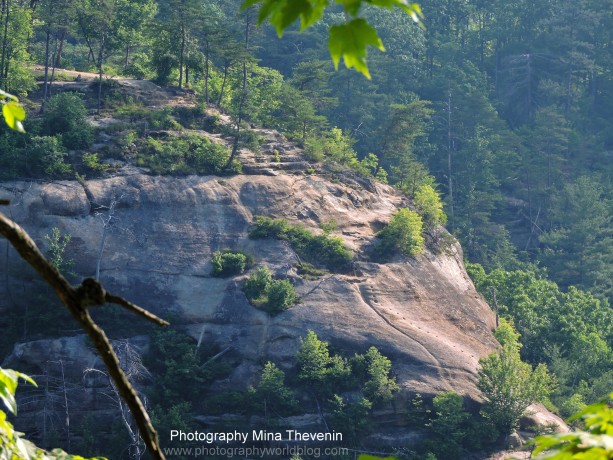
Though the rock face spirits the name “Indian Staircase,” Archaeologists believe it is perhaps more likely that the footholds were carved (fig.2) not by Native Americans, but by local people around 150 to 200 years ago in the years of the Civil War era and prior; local Saltpeter Miners were regional farmers and hunters and perhaps more likely the ones who made and used the footholds of Indian Staircase. (Saltpeter, also called niter, is an ingredient in making gun powder. It was also used for curing meats and treating medical ailments.)
The population of the Gorge at this time was likely very small. Farm sites are not numerous, since the narrow bottomlands and ridgelines do not provide much tillable land. Pine tar production continued. It is not clear whether systematic niter mining occurred at this time, since neither the Confederates nor the Union would have wanted a gunpowder source to fall into the enemies’ hands. It is possible that guerrillas or local people produced saltpeter and gunpowder for their own consumption, but no one has yet found proof of that. It has been difficult to identify Civil War-related sites in the Gorge with any certainty. The three counties within which the Gorge is found, Menifee, Powell, and Wolfe, were created in the latter years of this period. (2)
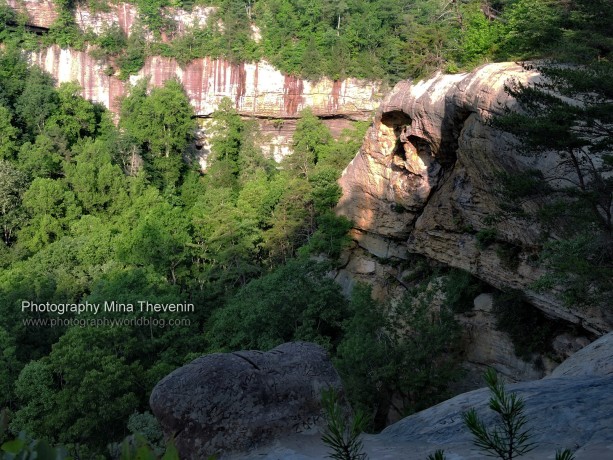
June Flowering Plants
Blooming white and pink, the Great Mountain Laurel is in full bloom this time of year. Its fragrance bursts onto the path without even brushing against it. This shrub can grow quite large and is sometimes considered to be a tree, but the Mountain Laurel along the rim in this part of the Gorge grows three to four feet tall and sometimes bushes of eight to ten cover an area with nice contrasting colors against the greens of the other late spring plants and tree trunks.
Cave shelters are the only known homes to the Federally-threatened species, White Haired Goldenrod. According to the Daniel Boone National Forest, this rare plant only grows in rock shelters and on rock ledges, either as single plants or in larger patches. It is only found in the geological area of Red River Gorge. In the fall, September through November, it produces bright yellow fragrant flowers. Fine white “hairs” cover the stems and leaves. Thus its name: White Haired Goldenrod (Solidago Albopilosa). Kentucky’s state flower is the Goldenrod, but it is the Soldiago gigantea. (Fig 3.)
Camping and building fires is prohibited in the rockshelters. Their delicate ecosystems and the integrity of ancient petroglyphs are threatened by human traffic. The Red River Gorge offers beautiful hiking regardless of the time of year! A one day hike, a weekend or a week of logging in the miles- there is no time like the present to experience the Red River Gorge, just for the hike of it.
Hiker’s Question:
If nearly one million visitors explore the Gorge annually, how many heavy footprints does it take to erode the ecosystem along soft sandstone cliff lines, historic rockshelters and those interested in exploiting archaeological sites by illegal souvenir-hunting? (Heavy meaning careless visitors- those who leave trash, dig for artifacts, deface stone and rockshelter walls, and do not follow camping and hiking Gorge Guidelines.)
NATURAL ART OF THE GORGE
ARCHES, ROCKSHELTERS
& WATERFALLS
(1) Red River Gorge Geological Area. Daniel Boone National Forest. USDA Forest Service. WEBSITE
(2) “LIVING IN THE RED RIVER GORGE: An Archaeological Story”. pdf, page 4. © Living Archaeology Weekend Steering Committee 2008
Hiker’s Question Answer: It only takes 1 (one) heavy footstep to erode the ecosystem.
Hiker’s Goal: Enjoy & tread lightly.
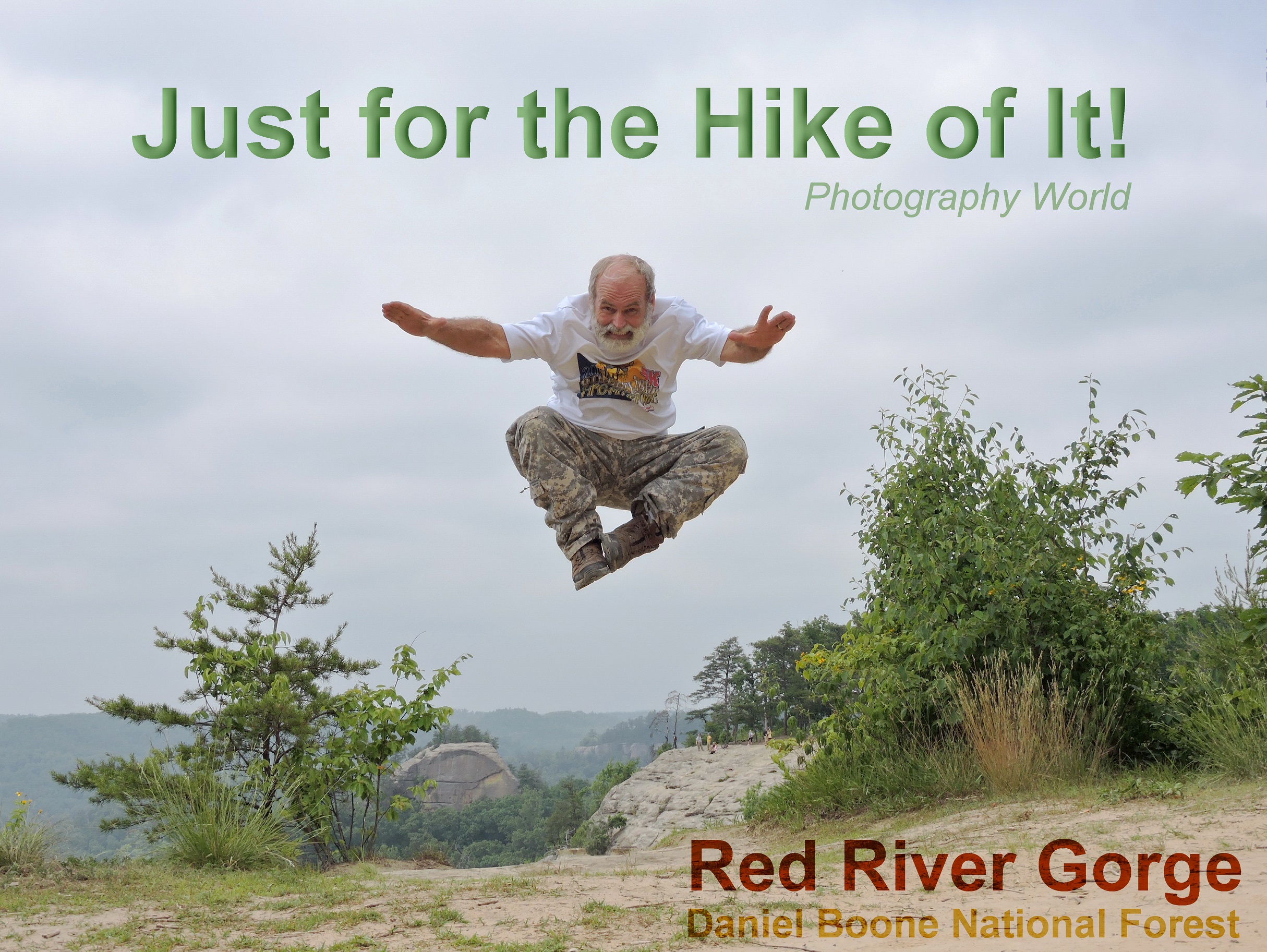
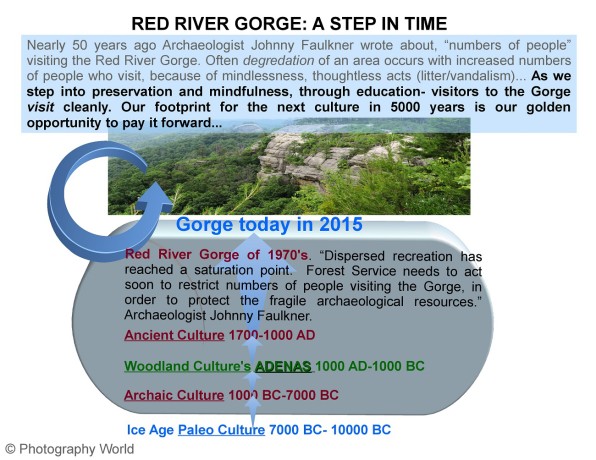
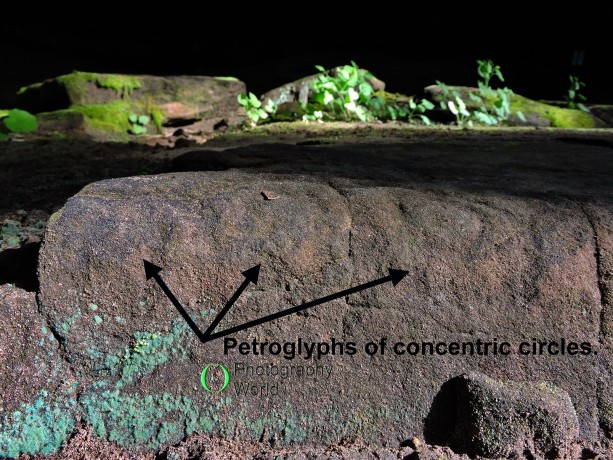
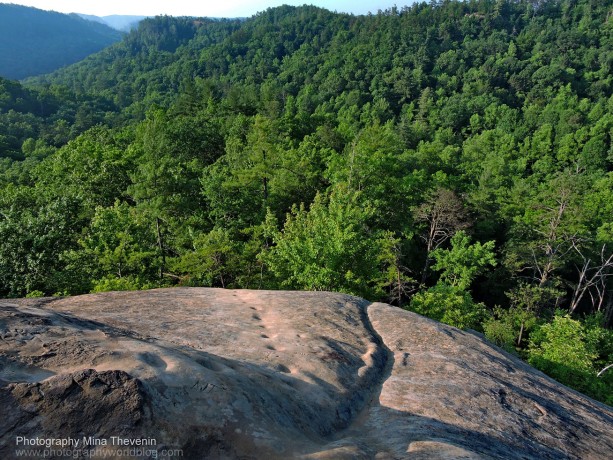
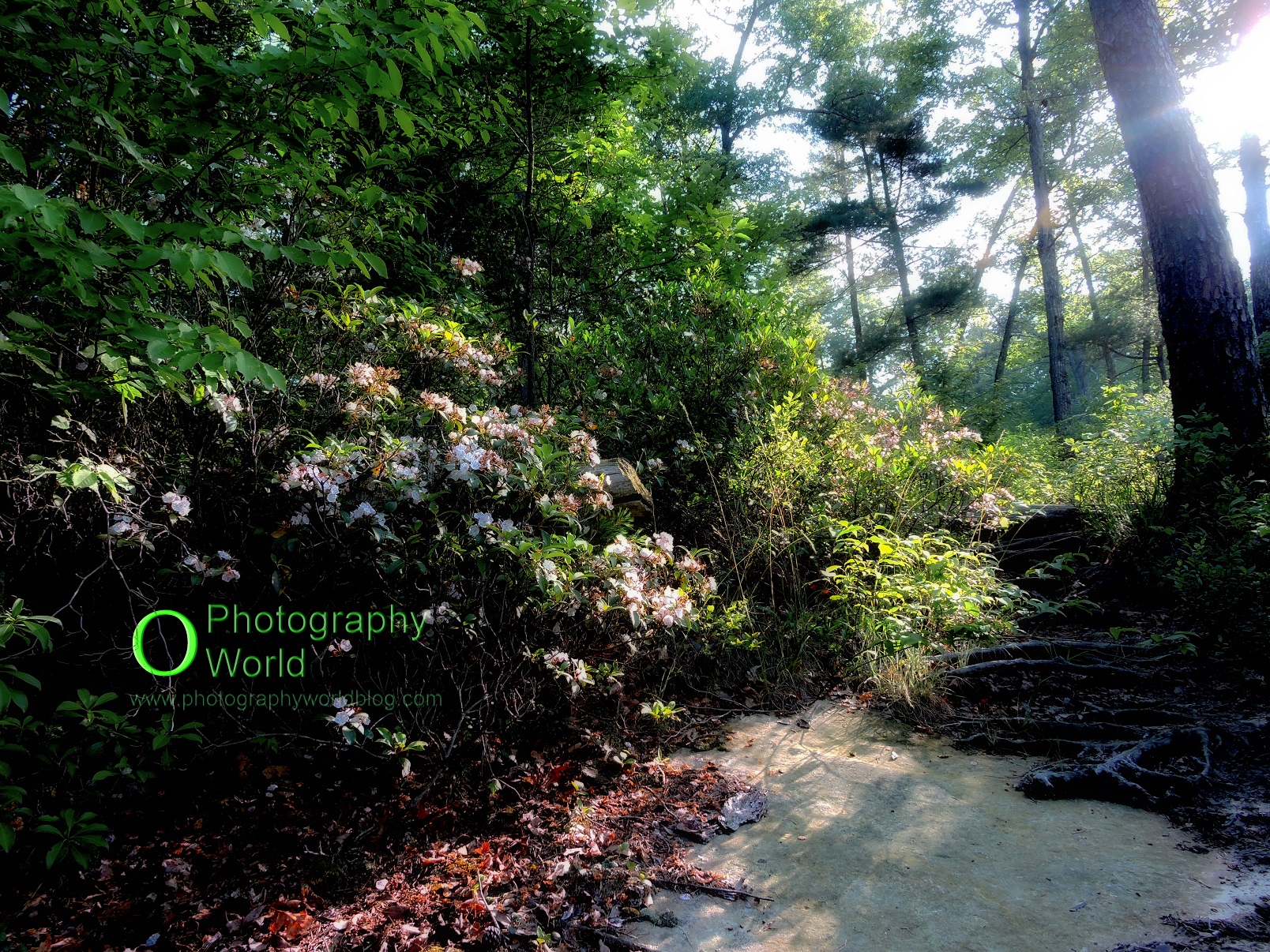
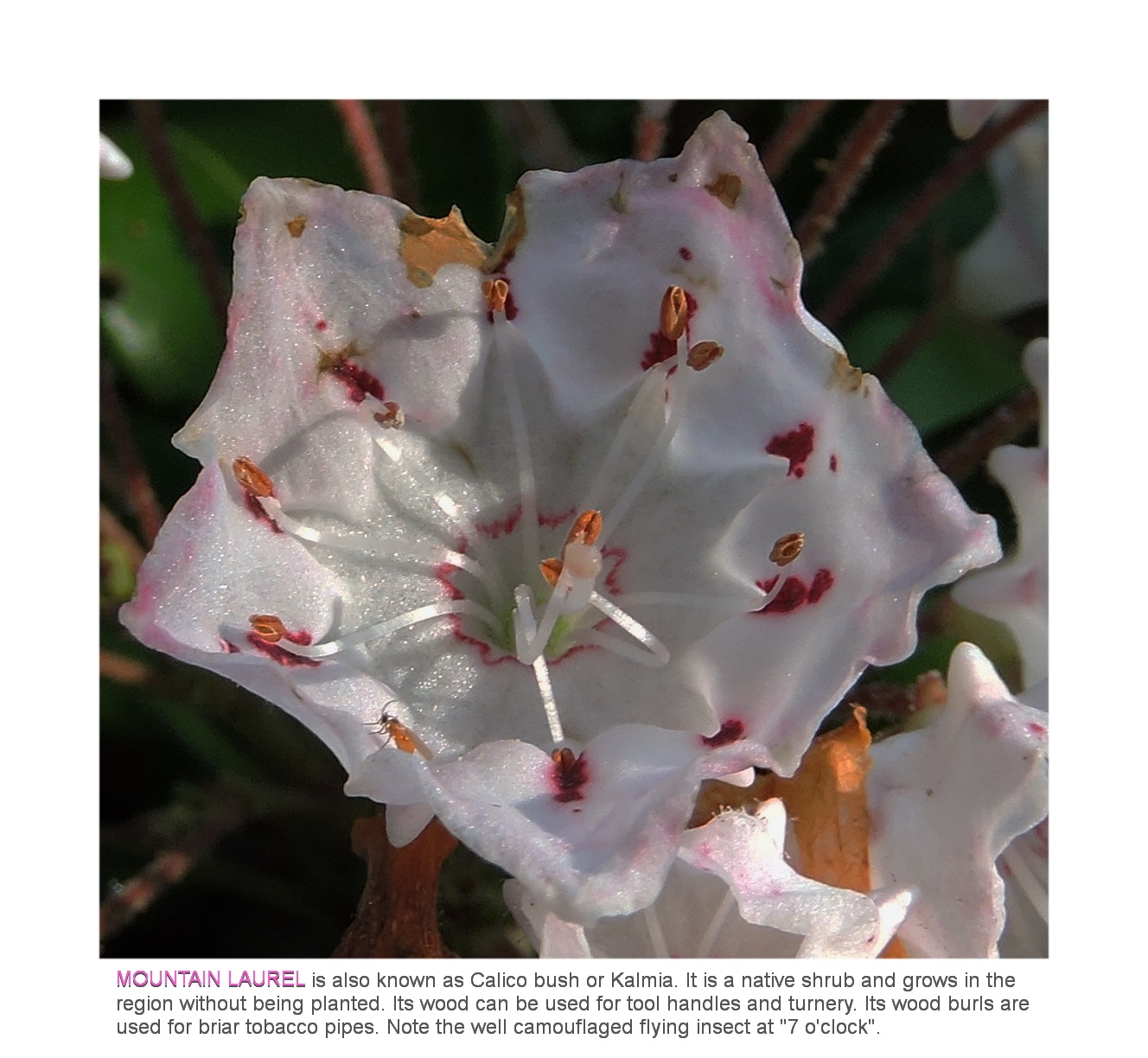
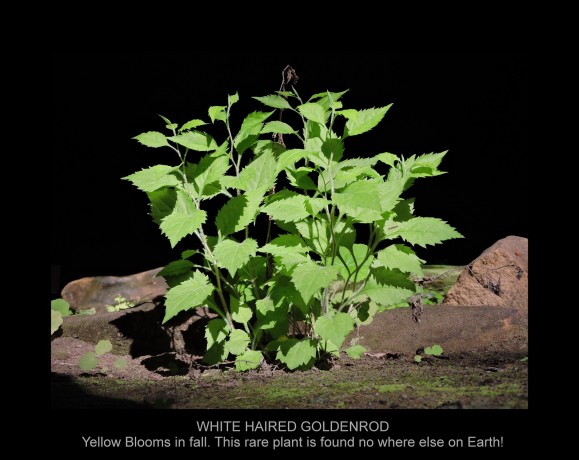
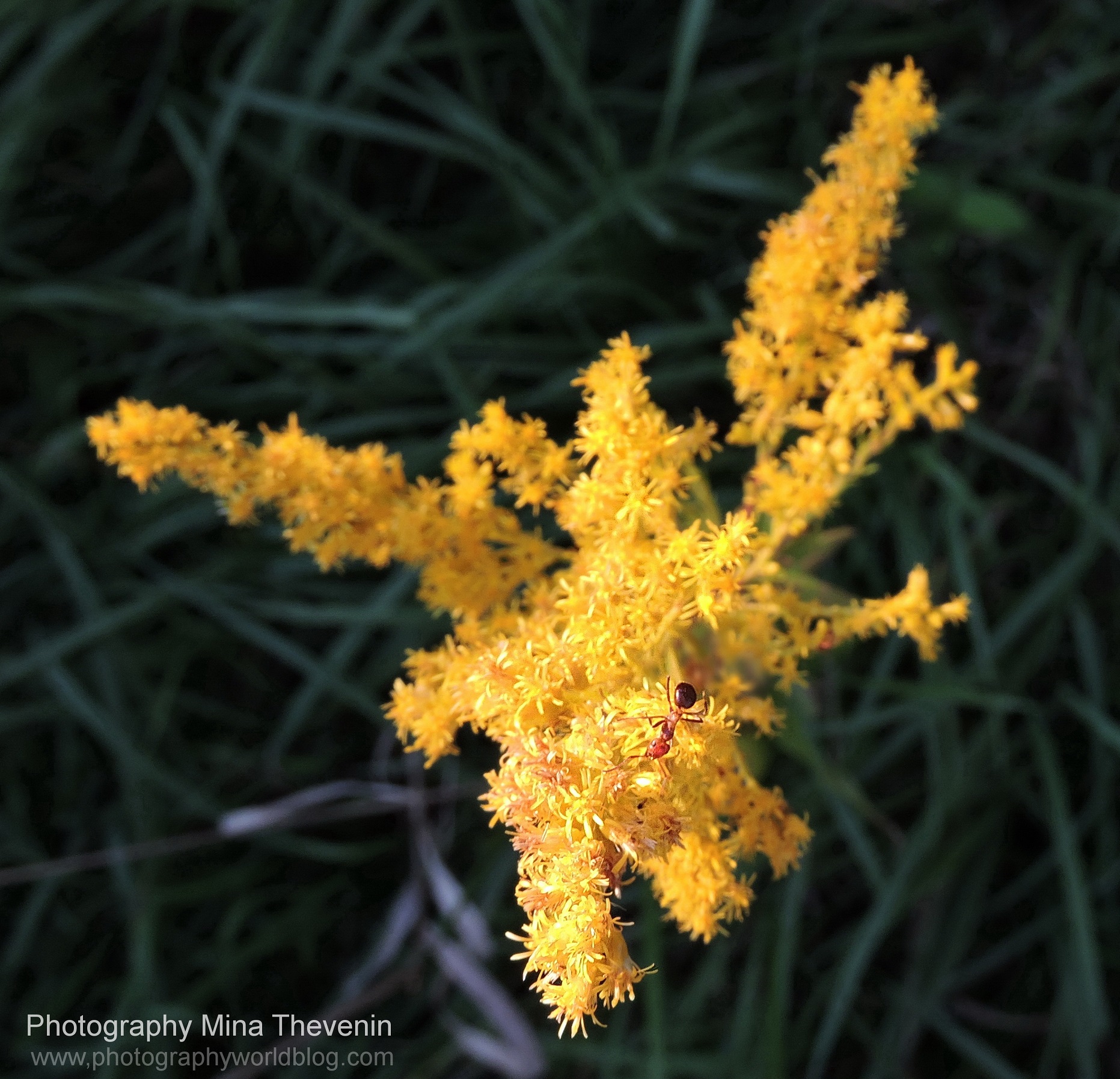

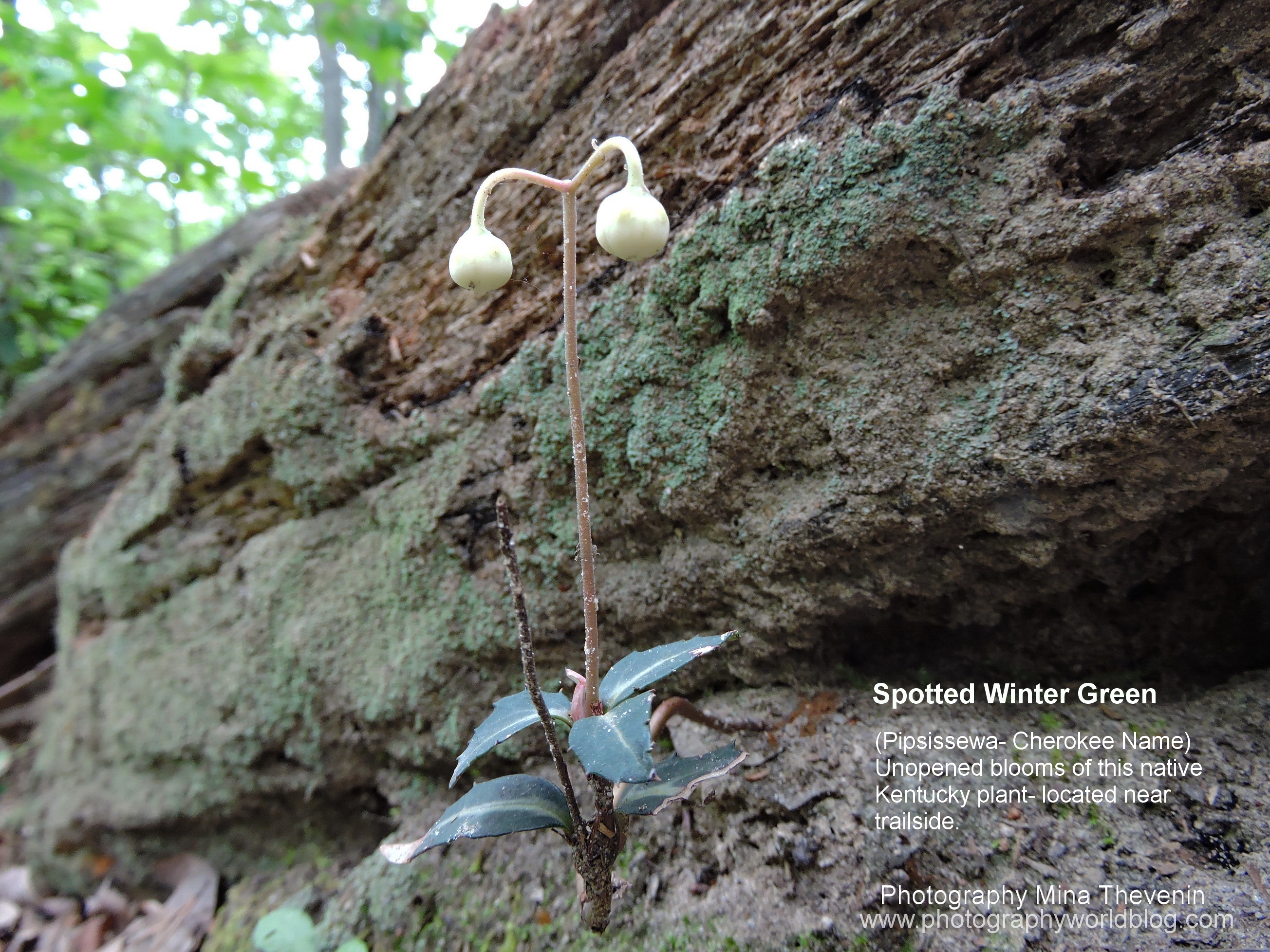
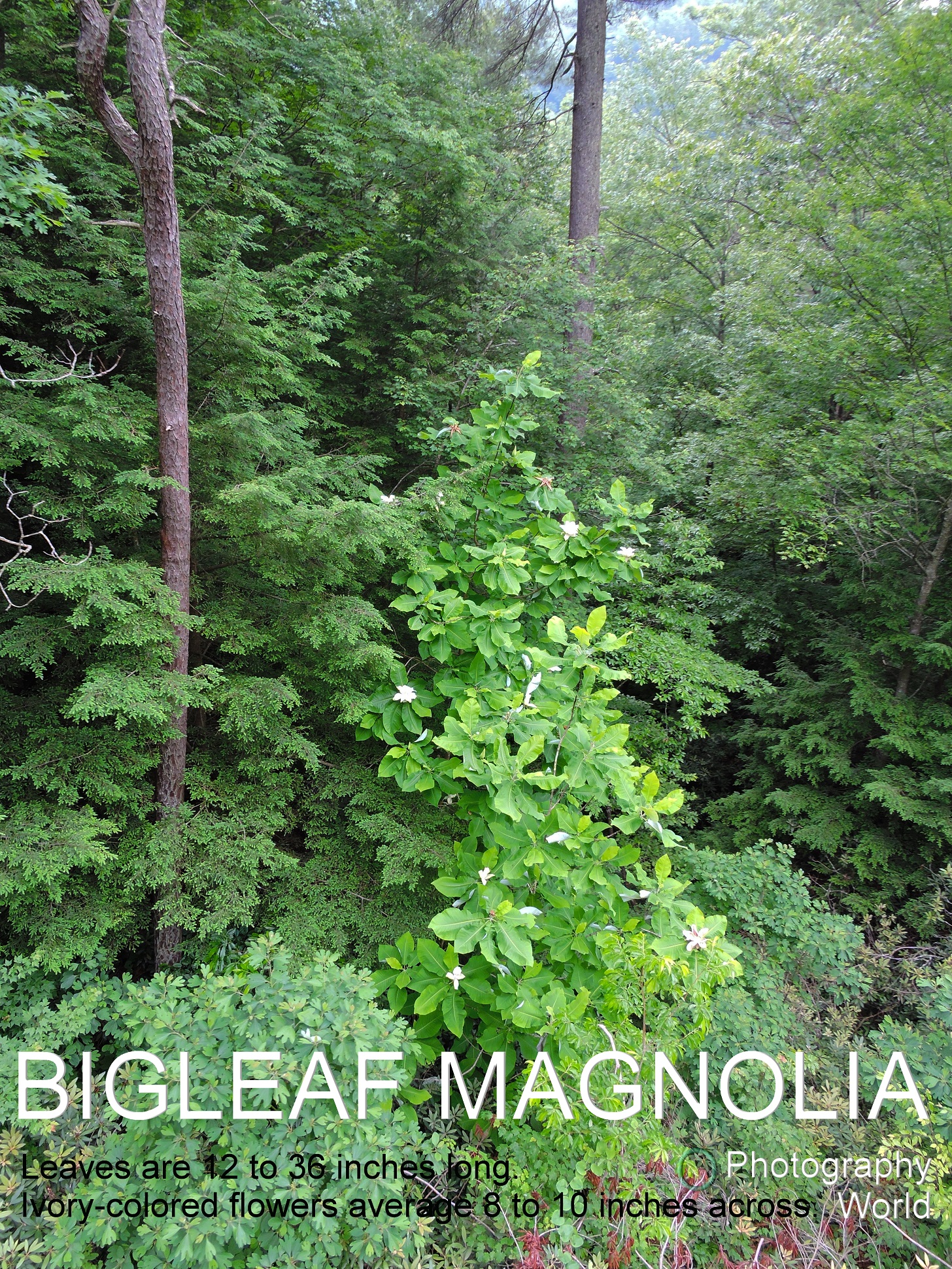
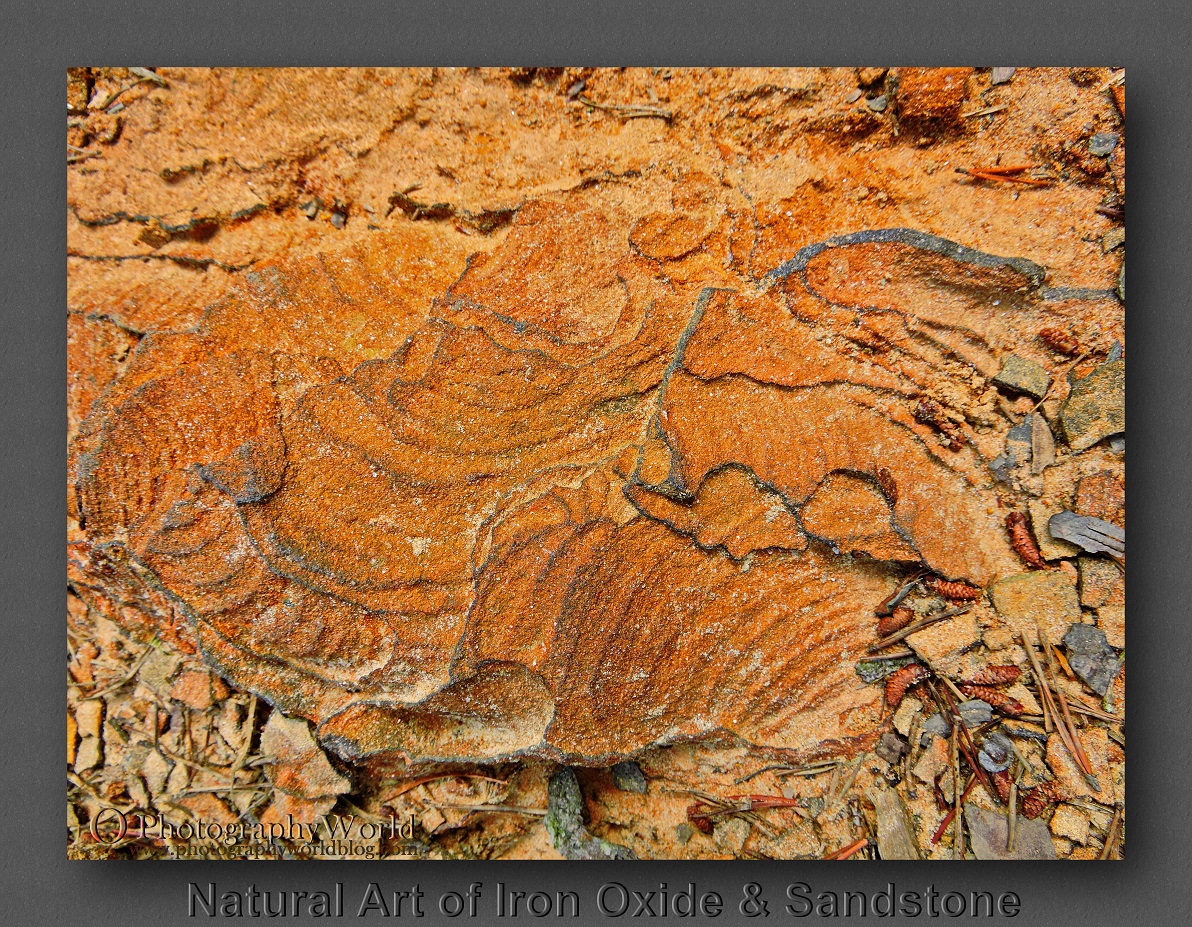
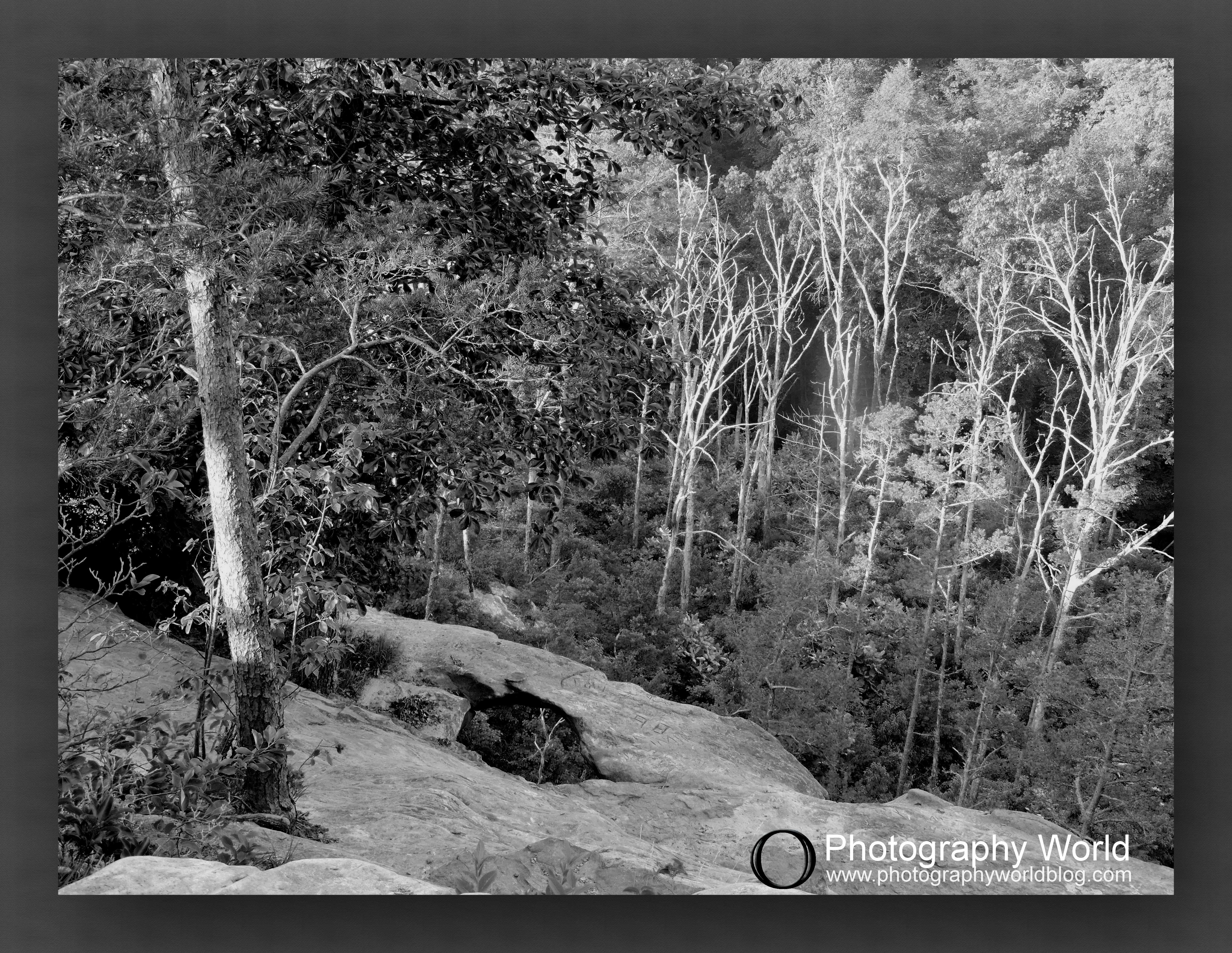
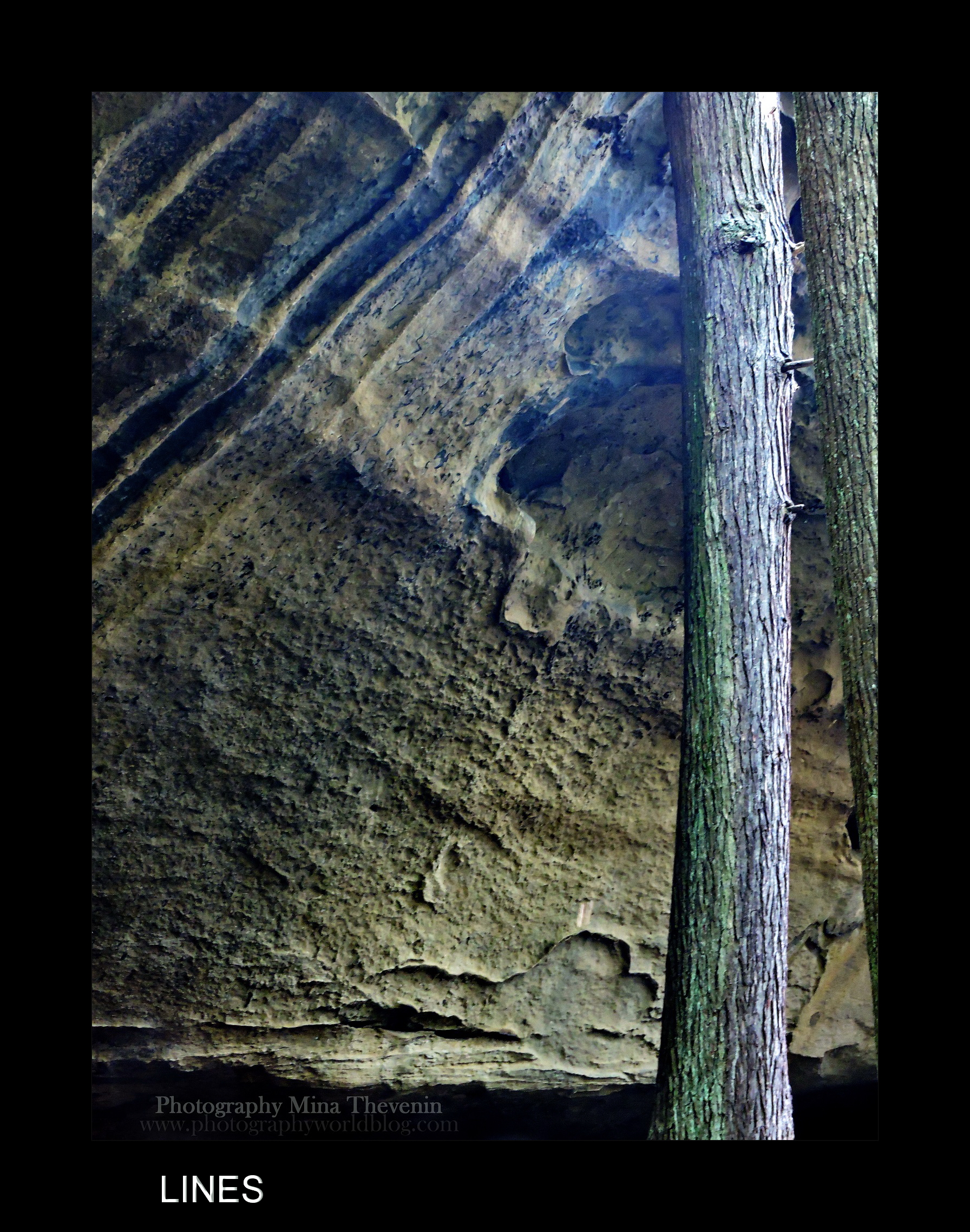

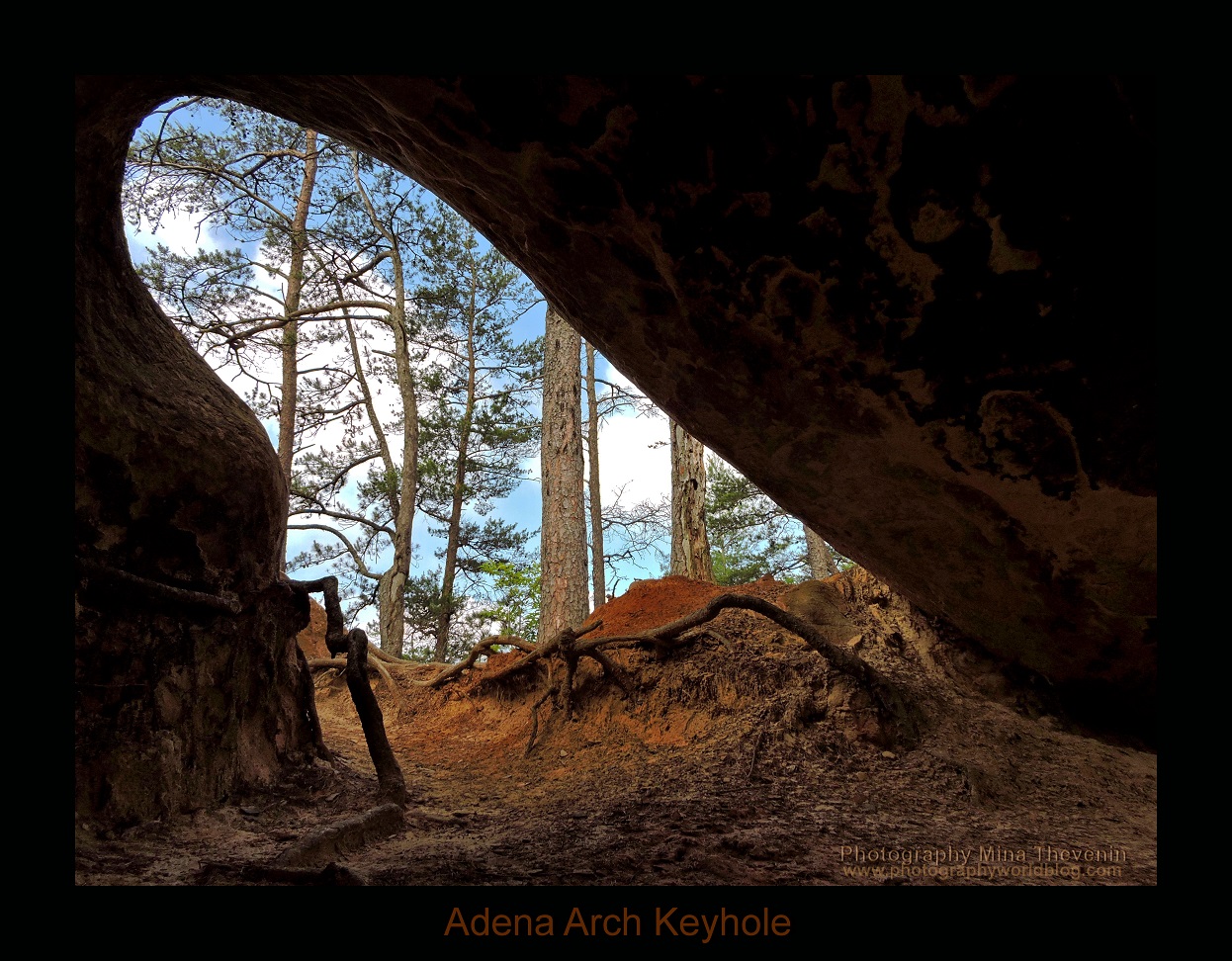
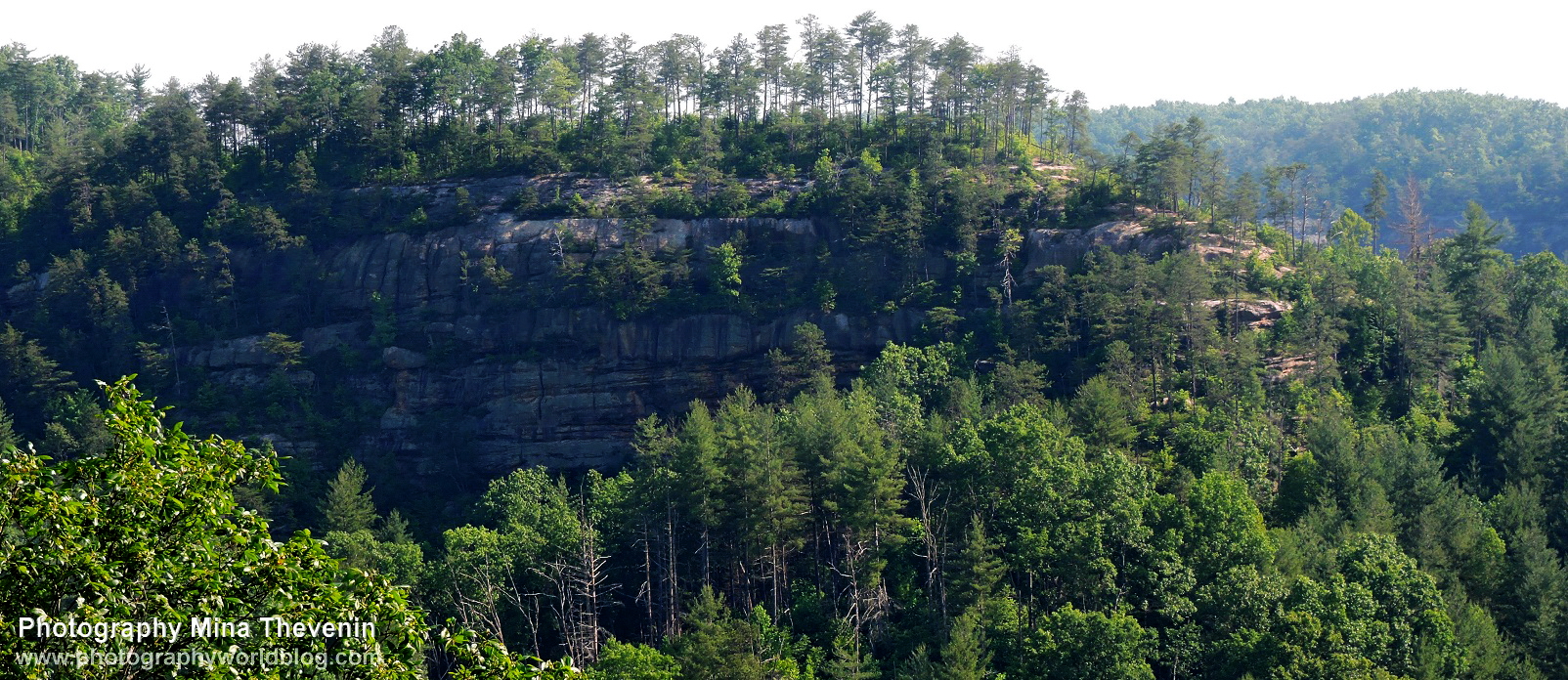
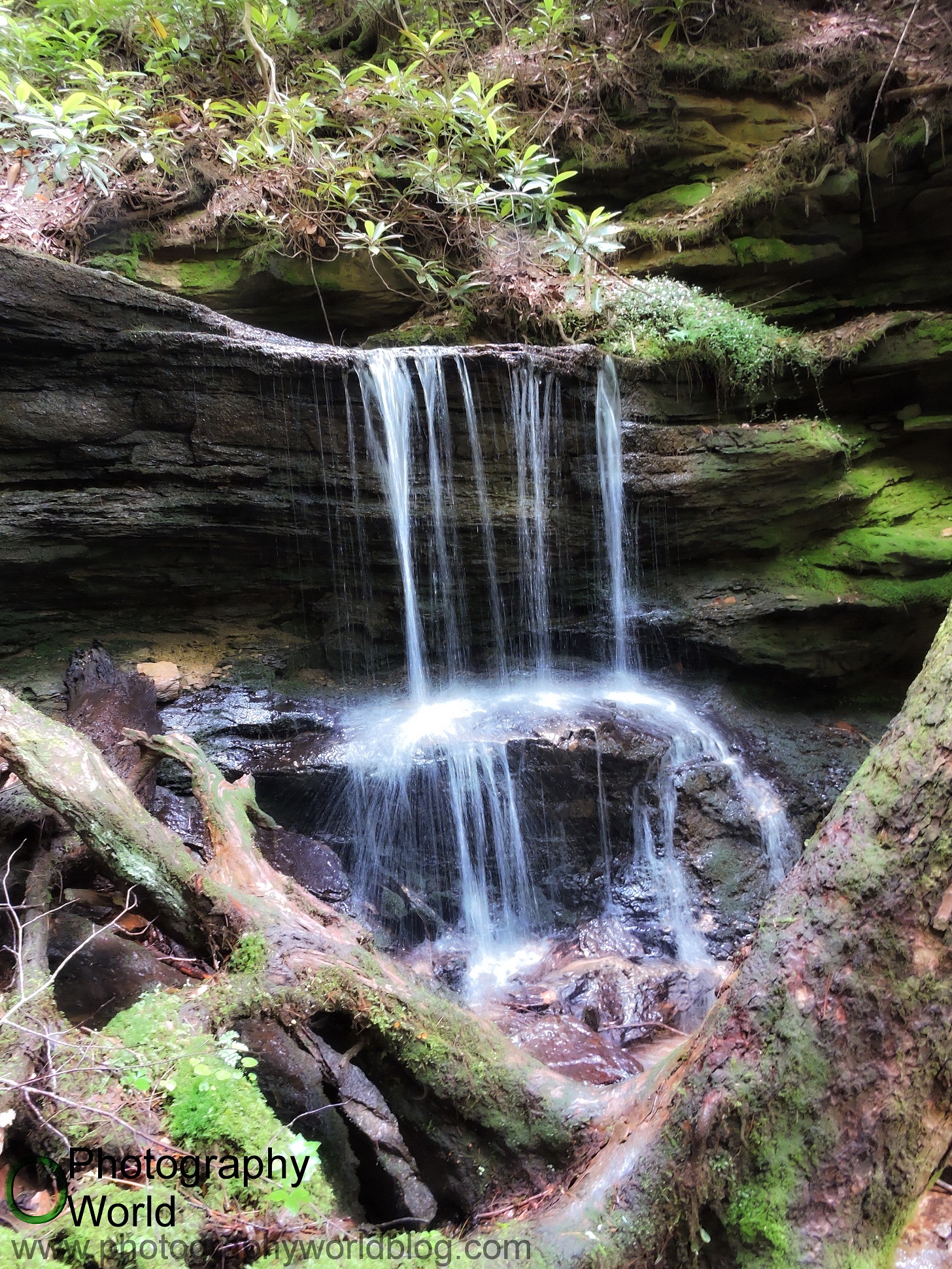
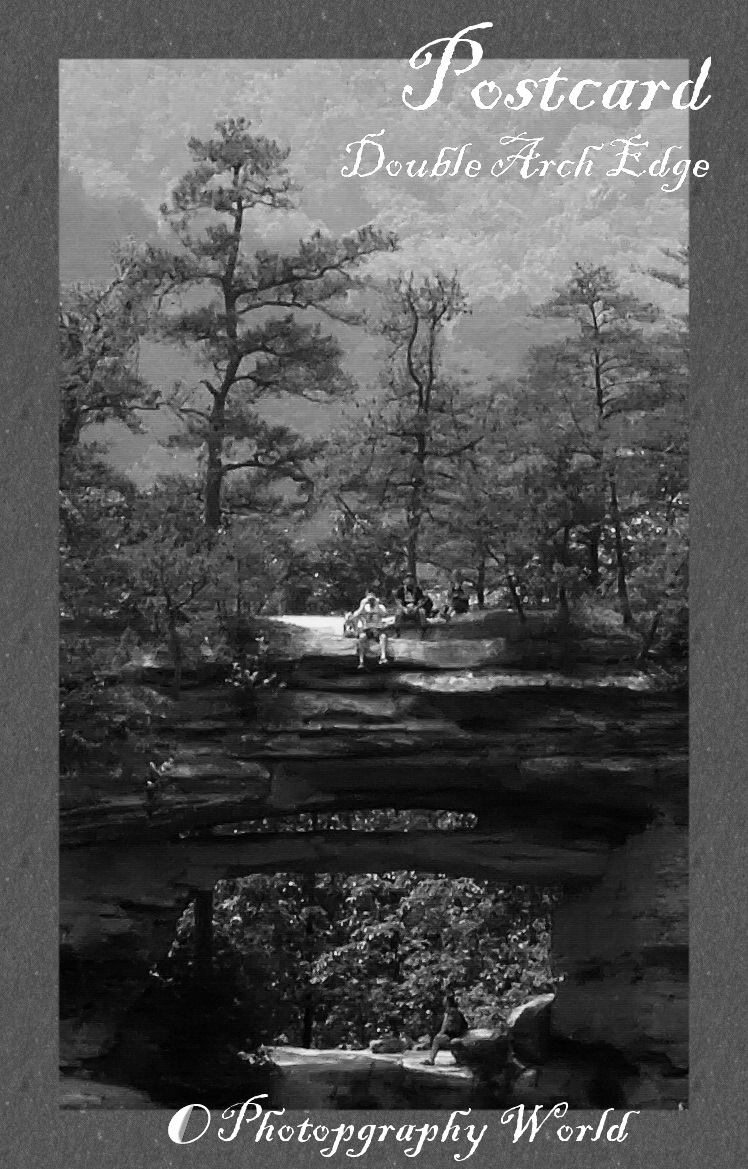
I have always loved capturing time in photographs, be it of nature, animals or people. I am excited for the opportunity to share and learn.
Kas Deddens
Thank you for the fantastic shots and information about one of the most beautiful and serene places in our great state. A wonderful location for a native Kentuckian or any tourist interested in natural wonders to visit! Well done!
Awesome article and photographs! I need to trade you hiking adventures for photography lessons! Can’t wait for our next hike!